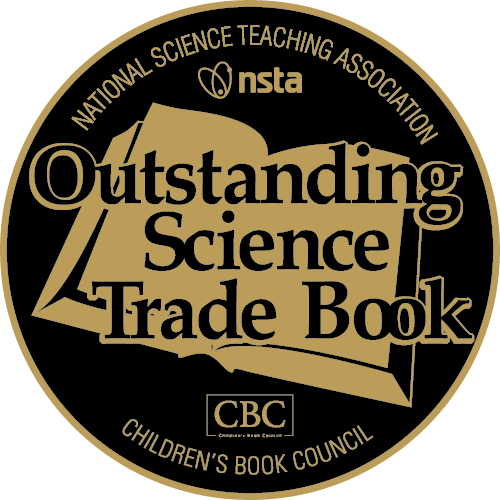Best STEM Books K–12
Discover Titles That Will Captivate Readers with This Year’s List of Best STEM Books
NSTA is pleased to unveil the list of Best STEM Books: K-12. This list—selected by volunteer educators and assembled in cooperation with the Children’s Book Council—provides recommendations about the best trade books with science, technology, engineering, and math (STEM) content available for students in kindergarten through 12th grade.

Reading science, technology, engineering, and math (STEM) trade books is the perfect way for students to develop literacy skills while learning STEM content. Building upon a strong legacy of several decades of recommending outstanding science trade books, the National Science Teachers Association (NSTA) appointed a judging panel that has selected its second annual list of Best STEM Books. The list was chosen by volunteer educators, identified in cooperation with the Children's Book Council (CBC).
STEM is more than a concept diagram with connections among four (or more) subject areas. It's a unique way of knowing and exploring the world. The STEM approach involves the essence of the practices of science and engineering. Tools like mathematics, technology, and communication skills are interwoven in STEM explorations. That seamlessness is what challenges educators around the world. And nowhere is that more obvious than when teachers look to find literature to integrate into a STEM curriculum.
Through almost a year of study, the NSTA group came up with these criteria for selecting the best STEM literature for young readers:
- Modeling real-world innovation
- Embracing real-world design, invention, and innovation
- Connecting with authentic experiences
- Showing assimilation of new ideas
- Illustrating teamwork, diverse skills, creativity, and cooperation
- Inviting divergent thinking and doing
- Integrating interdisciplinary and creative approaches
- Exploring multiple solutions to problems
- Addressing connections between STEM disciplines
- Exploring Engineering Habits of Mind
- Systems thinking
- Creativity
- Optimization
- Collaboration
The best STEM books might represent the practices of science and engineering by
- Asking questions, solving problems, designing and redesigning
- Integrating STEM disciplines
- Showing the progressive changes that characterize invention and/or engineering
- Demonstrating designing or redesigning, improving, building, or repairing a product or idea
- Showing the process of working through trial and error
- Progressively developing better engineering solutions
- Analyzing efforts and making necessary modifications along the way
- lllustrating that, at points, failure might happen and is acceptable—provided reflection and learning occur
- Communication
- Ethical considerations
See Also
Outstanding Science Trade Books for Students K–12
Representing the best science trade books published for students in kindergarten through 12th grade, the books featured on the list include captivating stories, compelling characters, and beautiful illustrations.


